
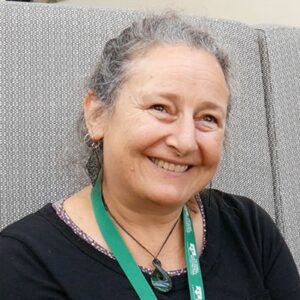


Much of my academic and advocacy work has focused on examining how our education system in Aotearoa serves to entrench rather than disrupt inequalities. I have emphasised time and again the key obligation for governments to resource the early childhood care and education sector in order to provide high quality, culturally sustaining provision, since research has reinforced that this serves both individual and societal long-term wellbeing. So why are they not doing this?
Successive governments’ increasing reliance on the neoliberal market model of for‑profit early childhood provision has exacerbated an already uneven playing field. Instead of prioritising the rights and needs of children, these businesses are focused on delivering profits to owners and investors. Lobbyists for these profit-oriented providers have directly undermined quality by reducing government policy expectations for minimum requirements for qualified teachers. The outcomes of the recent Regulatory Review further jeopardise the delivery of Te Tiriti based programmes that embed Te Whāriki, our internationally highly regarded curriculum. We need a reframing of early childhood education as essential infrastructure, to be fully publicly funded as are our schools, rather than being left to market forces whereby huge profits are siphoned away, instead of benefitting tamariki, whānau and underpaid kaiako.
A core thread running through all my work is the commitment to support kaiako in honouring Te Tiriti o Waitangi by embedding counter‑colonial, culturally sustaining practice within early childhood education in Aotearoa. Inequalities in Aotearoa are not only economic; they are deeply rooted in our history of colonisation and the ongoing racist marginalisation of Māori knowledge and language. Our research projects have illuminated early childhood care and education pedagogies that reflect te ao Māori values, respect whānau aspirations, and affirm tamariki Māori in their whakapapa identities.
I continue to believe that if we invest properly in the education and wellbeing of our youngest citizens, and centre social, cultural and ecological justice in our pedagogies, we can transform education into a powerful lever for reducing the impacts of colonisation and child poverty, working towards the vision that all children and their families in Aotearoa have the chance to flourish, affirmed in their heritage languages and cultures, and in their powerful capacity to serve as kaitiaki of our unique Aotearoa biodiversity.
Professor Jenny Ritchie teaches at Te Herenga Waka Victoria University of Wellington. Her experience includes being a childcare worker, kindergarten teacher, parent, Tiriti educator, kōhanga and kura whānau member, teacher educator, researcher, and grandparent. She focuses on education for social, cultural, ecological and climate justice.
Ritchie, J., Duhn, I., Rau, C., & Craw, J. (2010). Titiro Whakamuri, Hoki Whakamua. We are the future, the present and the past: Caring for self, others and the environment in early years’ teaching and learning. Final report to the Teaching and Learning Research Initiative. https://tlri.org.nz/research/titiro-whakamuri-hoki-whakamua-we-are-the-future-the-present-and-the-past-caring-for-self-others-and-the-environment-in-early-years-teaching-and-learning/
Ritchie, J., & Lambert, J. (2018). Pedagogical strategies that support young children’s civic action: An example from Aotearoa. Early Childhood Folio, 22(2), 8-13. https://doi.org/10.18296/ecf.0053
Ritchie, J., & Morrison, S. (2021). Learning from sustainability enactment grounded in Māori worldviews within education settings in Aotearoa New Zealand. International Journal of Informal Science and Environmental Learning, 1, 63-91. https://www.diopress.com/jisel
Ritchie, J., & Rau, C. (2006). Whakawhanaungatanga. Partnerships in bicultural development in early childhood education. Final Report to the Teaching & Learning Research Initiative Project. https://tlri.org.nz/research/whakawhanaungatanga-partnerships-in-bicultural-development-in-early-childhood-care-and-education/
Ritchie, J., & Rau, C. (2008). Te Puawaitanga – partnerships with tamariki and whānau in bicultural early childhood care and education. Final report to the Teaching and Learning Research Initiative. https://tlri.org.nz/research/te-puawaitanga-partnerships-with-tamariki-and-whanau-in-bicultural-early-childhood-care-and-education/
Related Posts
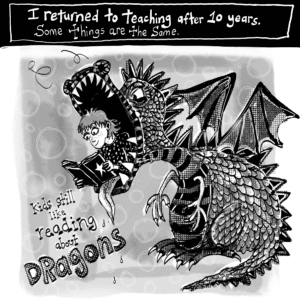
After a decade away from the whiteboard, educator and comic artist Indira Neville has returned to teaching – and she’s drawing about it. In this comic series, Indira shares a glimpse into her days at school, capturing what’s changed, what’s stayed the same and what she never saw coming.
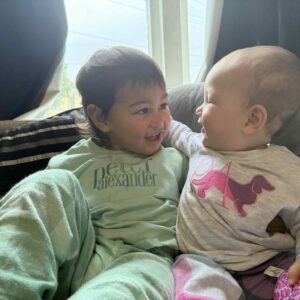
Jasmine Taankink (Ngā Mahanga-a-Tairi) is a second language speaker of te reo Māori committed to the intergenerational transmission of te reo in her whānau and community. She shares with us her hopes for her three moko.
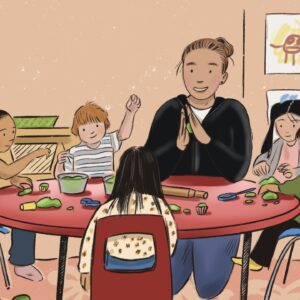
Qualified early childhood teachers bring deep knowledge, intentional teaching and powerful relationships that shape children’s futures. Ako hears from kaiako across Aotearoa about the life-changing difference their study has made, and why tamariki deserve nothing less than skilled, thoughtful educators from the very start.
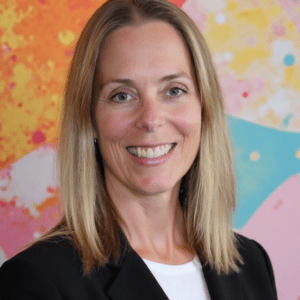
While headlines continue to debate the state of education, and political conversations turn increasingly towards blame and constraint, the reality is that our teachers are holding together a system under pressure with the strength of their care, professionalism and deep commitment to every child who walks through the door.